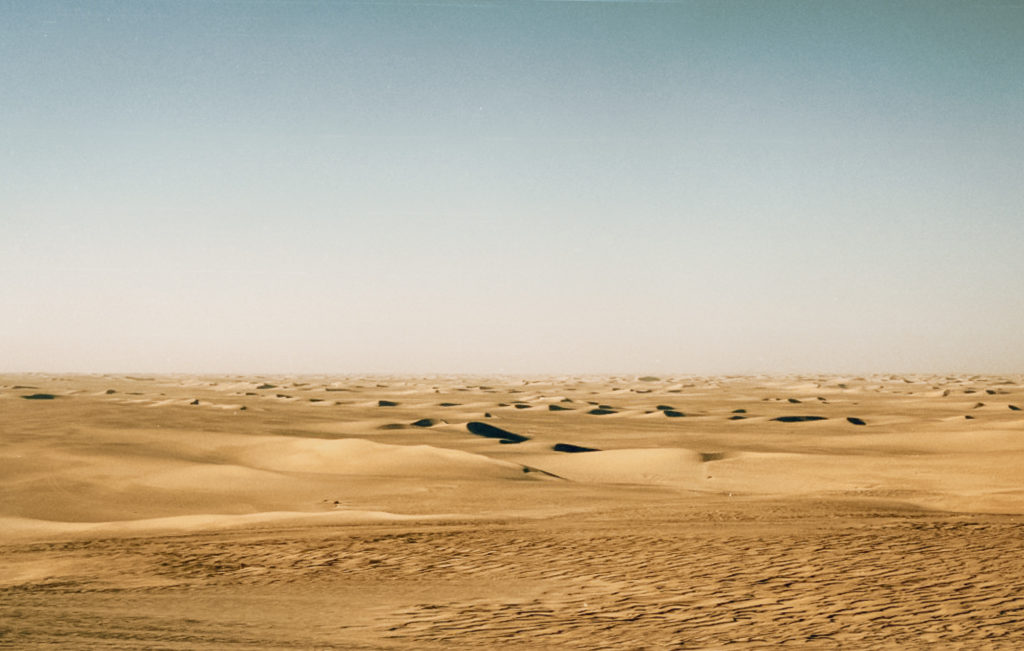Imagine a shaggy dog story set in a desert. Let’s call it a shaggy fenec story because of a desert fox that liked chickens that pecked after scorpions and camel spiders.
‘There was an old lady who swallowed a bird.
How absurd to swallow a bird.
She swallowed the bird to catch the spider,
that wiggled and wiggled and tickled inside her.
She swallowed the spider to catch the fly.
I don’t know why she swallowed the fly.
Perhaps she’ll die.’

Yes, we had camel spiders and the locals knew that hens would eat the spiders. We also had a lot of scorpions so that any chickens would find there was more than one food source. We still had to leave our shoes upside down at night just in case scorpions or spiders might shelter before being found by the hens.
The locals also advised that turkeys would help reduce the Horned Viper population. Horned Vipers are very dangerous, perhaps the snake that kills the most people globally every year. Some think this is because they hunt by vibrations and we humans, we create a lot of vibrations.
The snakes came into camp from all around, attracted by the vibrations of our generators, vehicles and our general activities. We had a dozen hens (lunch one day) and a couple of turkeys (future dinners). All was good though a few chickens had mysteriously disappeared. Some thought they were being eaten by the labourers. Then a mechanic found a fenec asleep on the engine block of a truck that was parked for a weekly service. The chicken-fed desert foxes had learned to relax and sleep on the warm engine during the cold desert night.
The desert foxes raised the fear of rabies. The hens and the turkeys had to go.
Oops, I have digressed, dallying too long on one the aspect of the story.
Imagine you have taken about 150 people into a remote desert. Remote as in the middle of the Sahara, many hours drive from the nearest oasis.
Presume that geophysical operations are pretty safe and that ever-improving safety is a primary concern. Apart from the vehicles, risks of injury and disease can be managed to be much the same in this environment as on your tropical holidays. The remoteness can make a trivial incident into a catastrophe unless there are prediction and mitigation plans in place.
There was a doctor among us and he had a remarkably well equipped office in a trailer.
There was a helicopter together with a pilot, mechanic and loadmaster. This required aviation fuel (avgas) storage and other support items. This meant the doctor could get an injured party to a suitable facility within two hours from leaving the scene of an incident.
There were over sixty vehicles and probably twenty trailers and a barracks of tents. Sleeping, eating, washing and toilet facilities were managed very well.
Decades of operational experience tells us that accidents would most likely occur in the 12 hour working daylight period. Night time incidents would require stabilising the patient until dawn. We all knew this and we had full medical screening before we could venture to the desert. First Aid and basic survival training were mandatory.
Communication was by radio and there were radio systems that linked people to one another, people to vehicles, vehicles to traffic management and of course, radio linked us to the outside world. There was an Inmarsat phone system too.
There are so many other requirements and systems in place that there is not space here to digress further from the story.
A stipulation of the health and safety policy was that there was a full test of the emergency response plan within four weeks of setting up operations. Things have changed in the industry since this story and perhaps this story will help explain why.
Until next time …

Leave a Reply